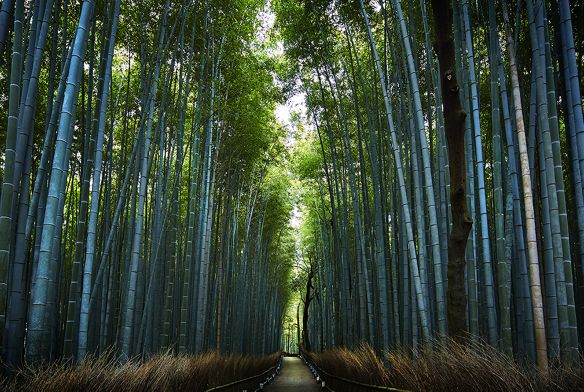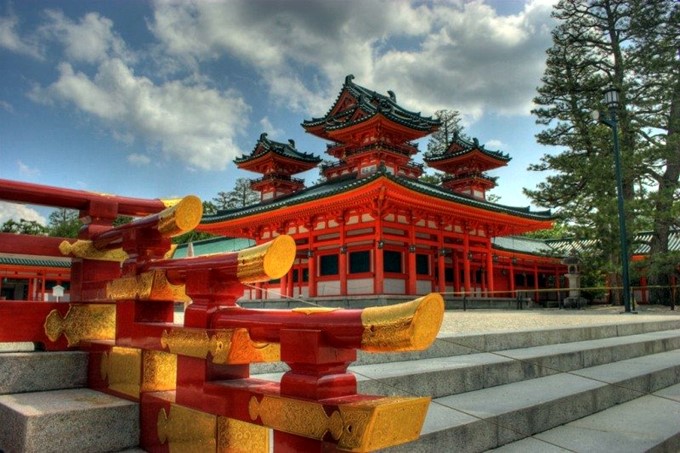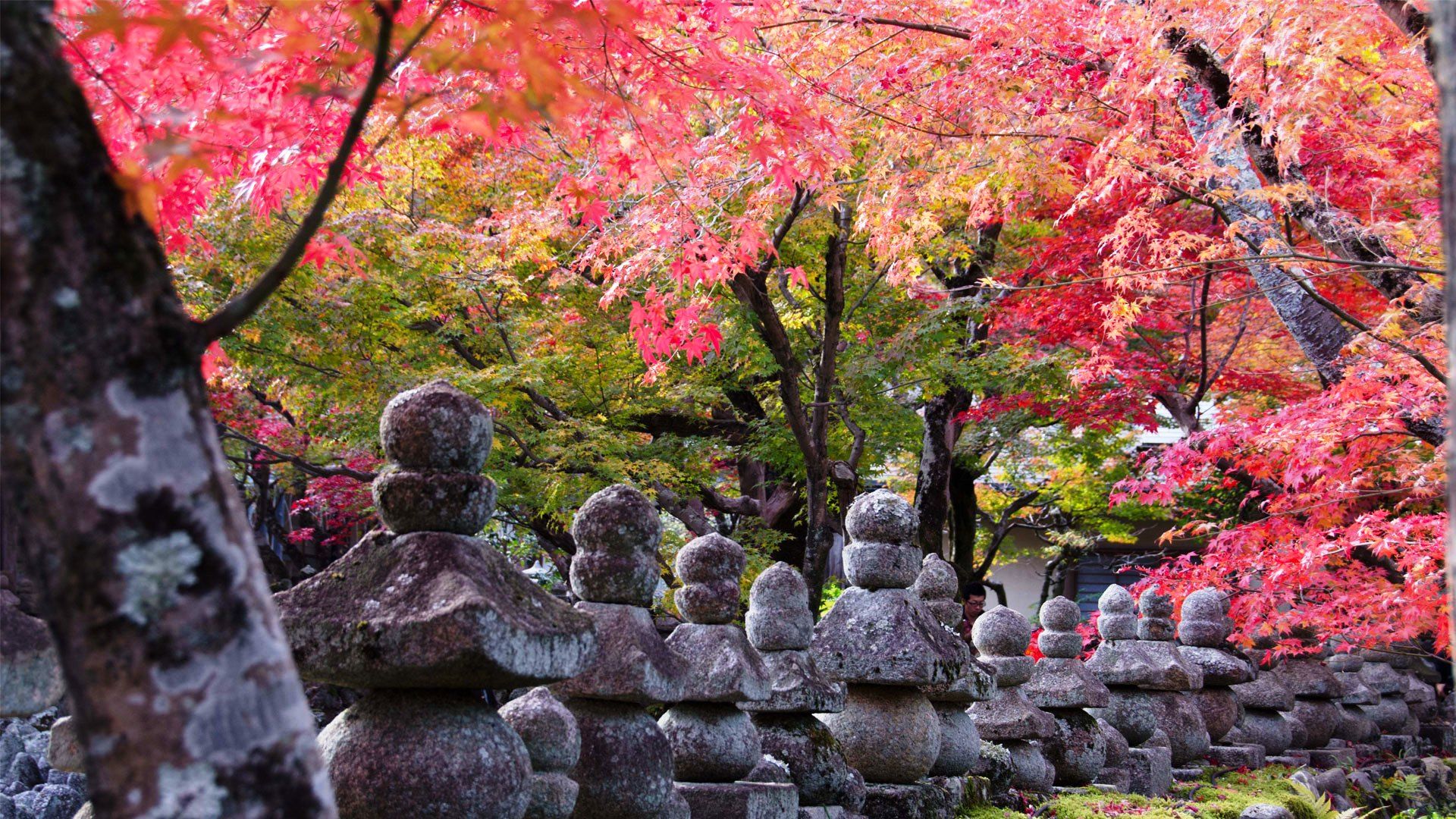
Tokyo may be the modern day capital of Japan, but Kyoto will always hold a place in Japanese hearts. Standing as the capital of Japan for over a millennium, this city still holds on to the old world charm while embracing the modern-era. Though you may be fooled initially upon entering the city, where the steel and glass main gateway greets you, the hidden gems of this city, such as the parks and the temples, will take you back to bygone eras. This city may be small in size, but it is rich in cultural heritage.


The museum's permanent collection is presented to the public in rotating exhibitions and consists of a wide variety of cultural properties, including archaeological relics, sculptures, ceramics, calligraphy, costumes and paintings. It is housed in the spacious galleries of the Heisei Chishinkan, a building designed by Taniguchi Yoshio and opened in 2014. The architect is also known for the Horyuji Homotsukan at the Tokyo National Museum, the Sea Life Aquarium at Tokyo's Kasai Rinkai Park, the Mimoca Art Museum in Marugame and his redesign of the Museum of Modern Art in New York.

In addition to the permanent exhibitions, temporary special exhibitions are held in the museum's original main building that was constructed during the Meiji Period in 1895. Renamed the Meiji Kotokan, the redbrick building, together with the similarly styled main entrance gates, are beautiful examples of Meiji architecture and have been designated as important cultural properties.


Kyoto (京都, Kyōto) served as Japan's capital and the emperor's residence from 794 until 1868. It is now the country's seventh largest city with a population of 1.4 million people and a modern face. Over the centuries, Kyoto was destroyed by many wars and fires, but due to its historic value, the city was dropped from the list of target cities for the atomic bomb and spared from air raids during World War II. Countless temples, shrines and other historically priceless structures survive in the city today.


Nijo Castle (二条城, Nijōjō) was built in 1603 as the Kyoto residence of Tokugawa Ieyasu, the first shogun of the Edo Period (1603-1867). His grandson Iemitsu completed the castle's palace buildings 23 years later and further expanded the castle by adding a five story castle keep. After the Tokugawa Shogunate fell in 1867, Nijo Castle was used as an imperial palace for a while before being donated to the city and opened up to the public as a historic site. Its palace buildings are arguably the best surviving examples of castle palace architecture of Japan's feudal era, and the castle was designated a UNESCO world heritage site in 1994. Nijo Castle can be divided into three areas: the Honmaru (main circle of defense), the Ninomaru (secondary circle of defense) and some gardens that encircle the Honmaru and Ninomaru. The entire castle grounds and the Honmaru are surrounded by stone walls and moats.


Fushimi Inari Shrine (伏見稲荷大社, Fushimi Inari Taisha) is an important Shinto shrine in southern Kyoto. It is famous for its thousands of vermilion torii gates, which straddle a network of trails behind its main buildings. The trails lead into the wooded forest of the sacred Mount Inari, which stands at 233 meters and belongs to the shrine grounds. Fushimi Inari is the most important of several thousands of shrines dedicated to Inari, the Shinto god of rice. Foxes are thought to be Inari's messengers, resulting in many fox statues across the shrine grounds. Fushimi Inari Shrine has ancient origins, predating the capital's move to Kyoto in 794..


The new city, Heian-kyō (平安京 "tranquility and peace capital"), became the seat of Japan's imperial court in 794, beginning the Heian period of Japanese history. Later, the city was renamed Kyoto ("capital city"). Kyoto remained Japan's capital until the transfer of the government to Edo in 1868 at the time of the Imperial Restoration. (Some believe that it is still a legal capital: see Capital of Japan.) After Edo was renamed Tokyo (meaning "Eastern Capital"), Kyoto was known for a short time as Saikyo (西京 Saikyō, meaning "Western Capital").

The city suffered extensive destruction in the Ōnin War of 1467-1477, and did not really recover until the mid-16th century. Battles between samurai factions spilled into the streets, and came to involve the court nobility (kuge) and religious factions as well. Nobles' mansions were transformed into fortresses, deep trenches dug throughout the city for defence and as firebreaks, and numerous buildings burned. The city has not seen such widespread destruction since. Although there was some consideration by the United States of targeting Kyoto with an atomic bomb at the end of World War II, in the end it was decided to remove the city from the list of targets due to the "beauty of the city" (See Atomic bombings of Hiroshima and Nagasaki), and the city was spared conventional bombing as well.

A common English pronunciation of Kyoto has three syllables as /key-oh-toe/ [kʰi'otəʊ]; however, the Japanese pronunciation has only two: [kʲoːto].

US Dollar:
Malaysian Ringgit: